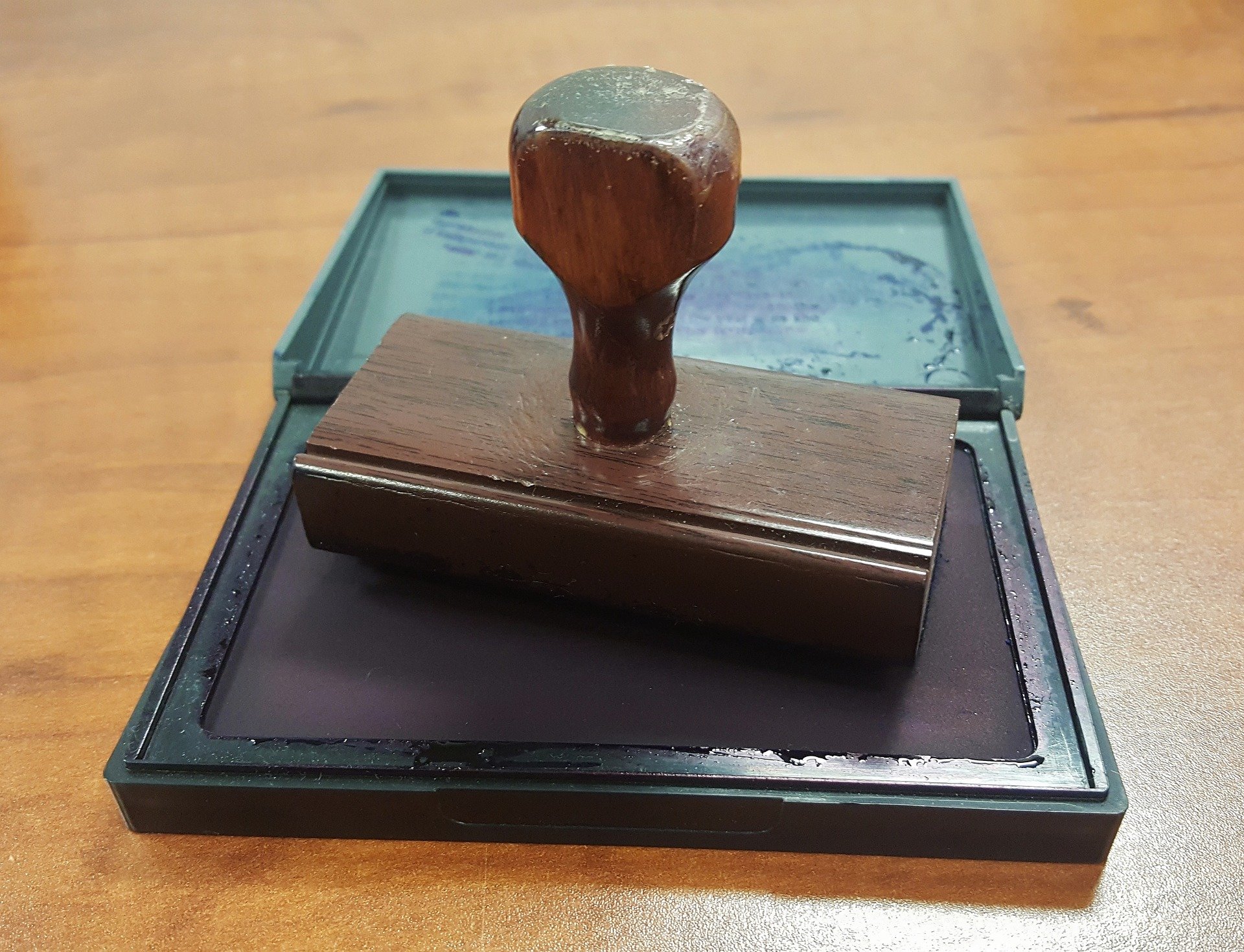Living trusts are simple methods of planning for the distribution and management of your assets, and you won’t need a lawyer to create them. There are advantages to setting up DIY online wills and living trusts, and making a DIY living trust means it’s possible to save on legal expenses. Here is what you should to know to make one:
Living Trust: What is it?
Living trusts are legal documents that take control of a few of your assets within your lifespan. You select the trustee who will control the trust, as well as transfer the assets to your chosen beneficiaries. A trust’s assets pass outside of your will and outside your probate. Living trusts are frequently named revocable living trusts that are set up in order for you to change your mind about your trust during any point, make changes to it, or revoke it.
DIY online wills and living trusts: What are they?
When you make a do-it-yourself trust, there aren’t any lawyers involved. You’ll have to pick a trustee who’ll be able to manage the trust’s assets, as well as distribute them. Generally, you’ll name yourself as an initial trustee. It is vital that you name a successor or alternate trustee so there’s a backup. You can also select a company, like a trust company or a bank, to be the trustee. You also must pick your beneficiaries or beneficiary, the people or person who is going to receive the trust’s assets. For many individuals, it’s a family member or spouse. If you’re interested in making DIY online wills, you can find more information at Thomas-Walter PLLC.
What will go into the trust?
When you determine who you want to be included in the trust, you must select the assets which are going to go into the living trust. It’s possible to choose any assets you want; however, most individuals pick bank accounts, investments, or real estate. To place assets in the trust, you must change the asset’s legal ownership from your name over to the trustee’s name. Therefore, for real estate, you’ll have to have a new deed. For a financial account, you also transfer ownership to the trustee.
Making the living trust
Once you have made the critical choices about what is going to be in the trust, as well as who’ll be involved in it, you are prepared to craft the document itself, which is referred to as a declaration of trust or a trust agreement. The document will identify the beneficiaries and trustee. The agreement establishes the trust’s rules and defines how a trustee is directed to distribute the assets and what type of authority she or he has over these assets.
When the trust is prepared, you must execute it. That means you have to sign the document in front of a witness and/or notary public (varies by state; therefore, ensure that you understand all requirements). You do not need to file the living trust with an agency or court, simply keep within a safe location that has easy access. Making a DIY living trust is a simple way to make a strategy for your asset’s distribution and management.




